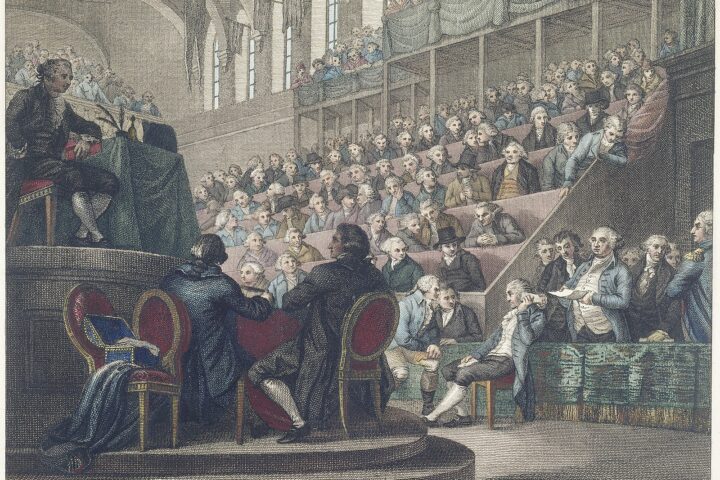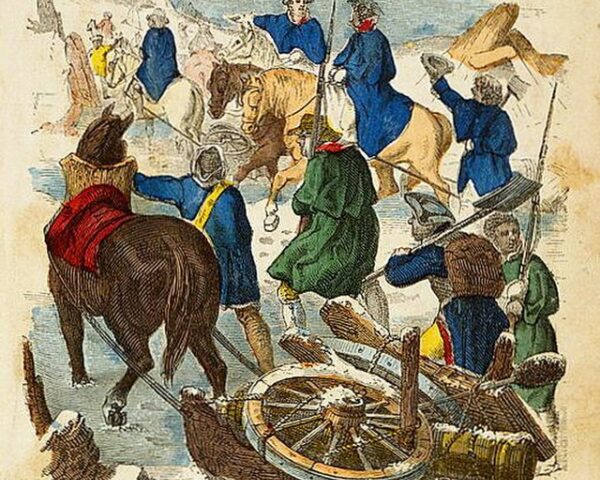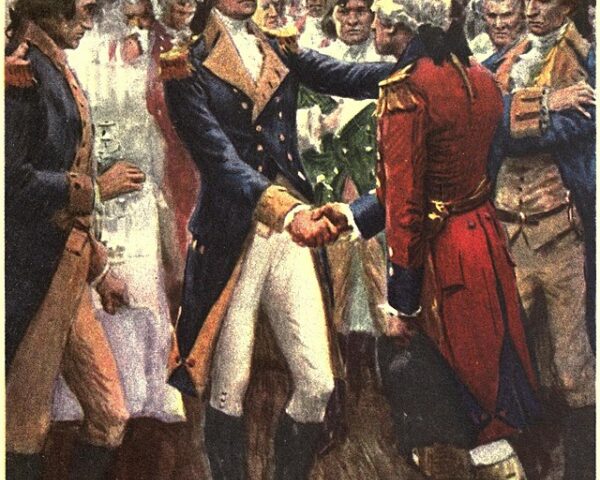On September 28, 1781, the world began to turn upside down. On the battle-scarred fields of Yorktown, Virginia, the forces of destiny collided. General George Washington, leading the battle-hardened Continental Army, joined forces with French General Jean-Baptiste Donatien de Vimeur, Comte de Rochambeau, to confront the British forces commanded by General Charles Cornwallis. This clash was more than just a military engagement—it was the final, thunderous act in a struggle for liberty that had stretched over six agonizing years. The outcome would not just decide the fate of an army, but of a nation on the cusp of freedom.
By 1781, both sides of the conflict were reeling from the prolonged and grueling war. The British, once confident in their superiority, had shifted their strategy to the southern colonies, hoping to ignite Loyalist fervor and restore control. Cornwallis, the man entrusted with this strategy, fortified his position in Yorktown, a critical stronghold on the Chesapeake Bay, where he awaited reinforcements from the British fleet. But what Cornwallis saw as a temporary refuge would soon become his prison. Washington, with the strategic genius of a seasoned commander, seized upon Cornwallis’s misstep. In a bold and daring maneuver, he orchestrated a covert march of nearly 17,000 American and French troops from New York to Virginia. This silent army, marching under the cover of secrecy, was poised to trap Cornwallis in the narrow confines of the Yorktown Peninsula. At the same time, the French fleet, led by Admiral François Joseph Paul de Grasse, moved like a shadow into the Chesapeake Bay, sealing Cornwallis’s fate by cutting off his only means of escape or resupply.
On September 28, the trap was sprung. Washington and Rochambeau’s forces began to close in on Yorktown, surrounding the British from all sides. Their siege was methodical and relentless. Trenches were dug, artillery batteries were erected, and the bombardment began. Day and night, the thundering cannons shook the ground, a constant reminder to the British of their impending doom. By early October, two siege lines encircled Yorktown like a tightening noose. The British, battered and beleaguered, found themselves trapped between the advancing forces and the unforgiving sea. Hope, once a glimmer on the horizon, was rapidly fading.
Then came the night of October 14, 1781—a night that would etch itself into the annals of history. Under the cover of darkness, the Allied forces launched a daring assault on two critical British redoubts. These defensive positions were the last major obstacles standing between Washington’s forces and Cornwallis’s camp. Alexander Hamilton, leading the American troops, stormed Redoubt No. 10 with unflinching resolve, while the French forces captured Redoubt No. 9 in a coordinated attack. The explosions and gunfire of that night echoed like the final tolling of a bell for Cornwallis. His defenses were shattered, his army surrounded, and his options extinguished.
In the face of annihilation, Cornwallis had no choice but to surrender. On October 17, a white flag was raised, and negotiations for his capitulation began. Two days later, on October 19, 1781, Cornwallis formally surrendered his army of over 7,000 soldiers to Washington and Rochambeau. The scene was one of both triumph and humiliation. The British soldiers marched out in silence, their muskets stacked in surrender, their flags furled. For Washington and his men, the sight was a long-awaited vindication—a symbol that the seemingly invincible British Empire had been brought to its knees on American soil.
The surrender at Yorktown was more than just a military victory. It was the death knell of British domination over the American colonies. Though scattered skirmishes continued in the months that followed, the defeat shattered Britain’s hopes of reclaiming its rebellious territories. Word of the catastrophic loss soon reached London, sending shockwaves through the halls of Parliament. A political crisis erupted, and the will to continue the war evaporated. Within months, peace negotiations began. The Treaty of Paris, signed in 1783, would officially recognize the United States as a sovereign nation, free from British rule.
The Siege of Yorktown was not just the end of a war—it was the birth of a new nation, forged in the fires of battle and sacrifice. The victory at Yorktown reverberated far beyond the battlefield, sending ripples across the world. It signaled the collapse of one of the most powerful empires on Earth and the rise of a new beacon of liberty. From the ashes of conflict, a nation built on the principles of freedom, self-determination, and the pursuit of happiness emerged. The final drumbeat of Yorktown was the first heartbeat of the United States of America—a moment of triumph that forever altered the course of history.






